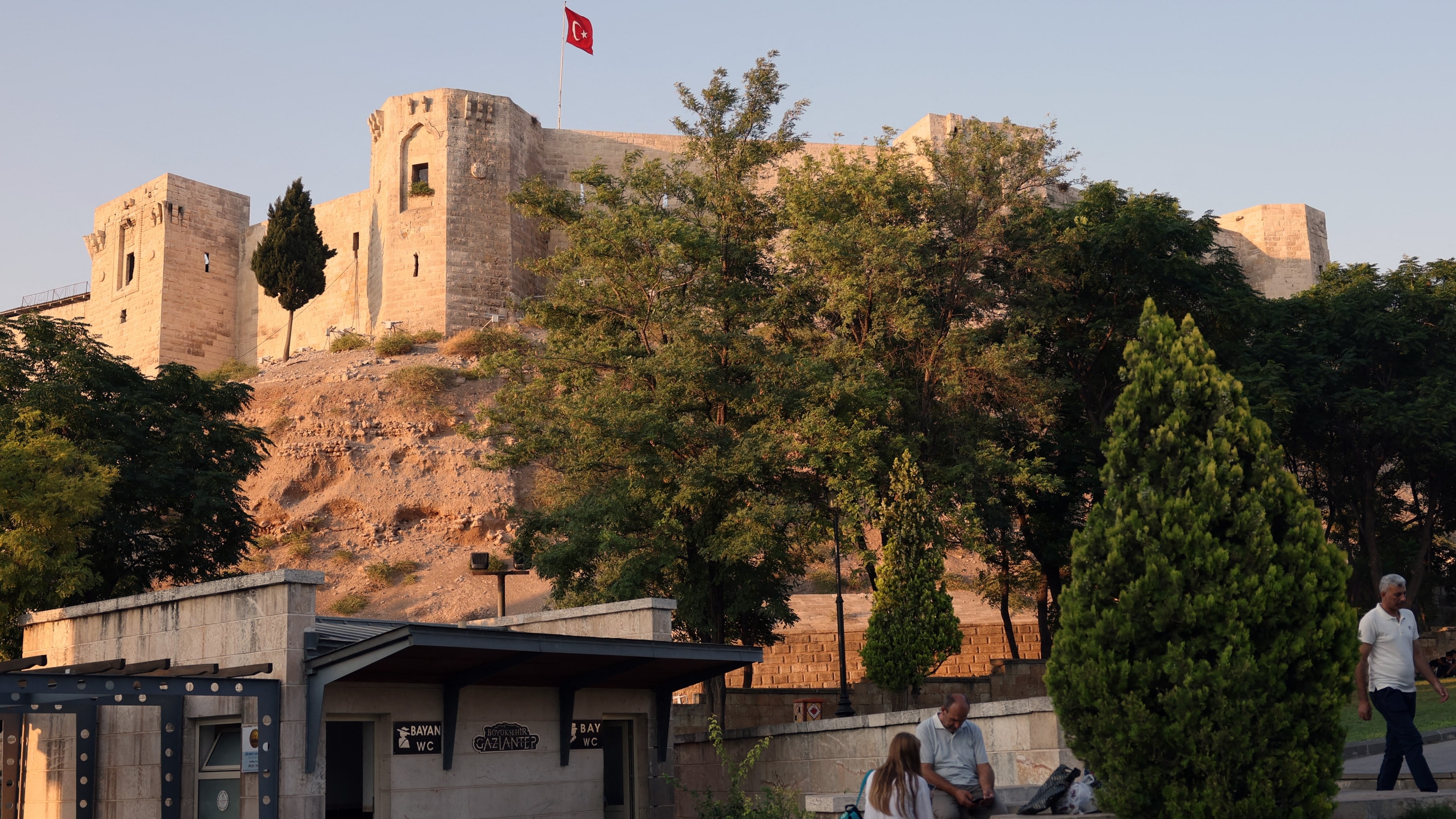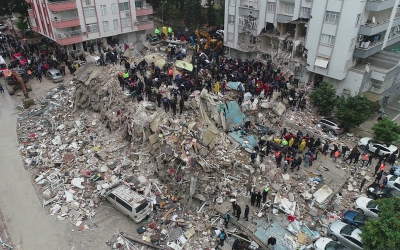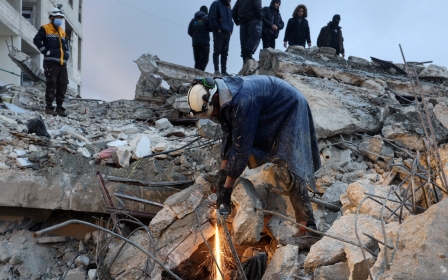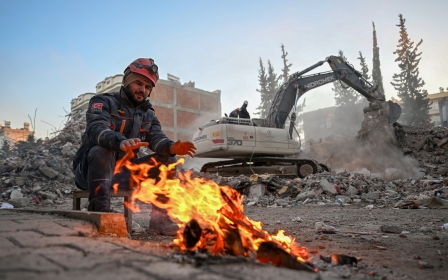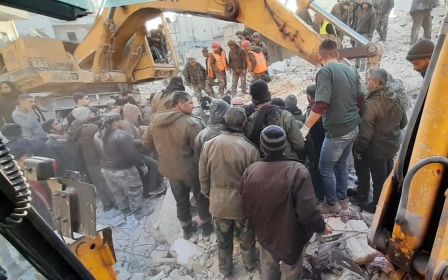Turkey earthquake: 2,000 year old Gaziantep castle all but destroyed

For over 2,000 years, Gaziantep Castle stood strong, its structure remaining intact despite waves of invasion and conquest that saw it controlled by a series of Middle Eastern empires.
But after more than two millenia, the castle, located in the centre of Turkey’s southern city of Gaziantep, has been largely destroyed by the devastating earthquake that hit the region this morning.
At least 1,200 have been reported dead and many thousands more injured after a 7.8 magnitude earthquake struck central Turkey and northwest Syria.
The number of fatalities is rising fast and a second large earthquake has hit the region less than 12 hours after the first.
New MEE newsletter: Jerusalem Dispatch
Sign up to get the latest insights and analysis on Israel-Palestine, alongside Turkey Unpacked and other MEE newsletters
Known locally as Gaziantep Kalesi, the historic stone castle was first constructed as an observation point by the Hittite Empire during the second millennium BC.
The castle was expanded into a major fortification and then used in the second and third century AD by the Roman Empire.
Photos shared online showed the castle with its iron railings collapsed, meanwhile local media reported that the walls of the historic Sirvani Mosque, which sits beside the castle, have also partially collapsed.
The castle is a renowned landmark and is a major tourst site. While damage is still being assessed, the earthquake has caused more than 1,700 buildings to collapse, with the most casualties occuring in the Hatay province.
The castle has 12 towers and previously had a moat around it. Throughout history, the site has been conquered and reconquered.
Fortified by the Romans, the castle passed over to the Byzantines after the Roman Empire split into two, with its eastern half ruled from Constantinople (modern-day Istanbul).
Under the Emperor Justinian I, who came from a peasant family in the central Balkans to become one of the Byzantine Empire's most significant rulers, Gaziantep Castle was expanded and renovated, with both a dry moat and a subterranean gallery installed to defend against invaders.
In 661 AD, the castle passed out of Christian hands, with the Umayyad dynasty, which had originated in Mecca, becoming its new owners. It stayed in Muslim hands until 962, when it was recaptured by the Byzantines.
In 1067, the Seljuk Empire took it from the Byzantines, before Christian Crusaders captured the castle in 1098. From there it passed to the Ayyubid dynasty, which had been founded by the great Kurdish conqueror Saladin, the first sultan of both Syria and Egypt.
Centuries of conquest and reconquest followed, until Gaziantep Castle was captured by the Ottoman Empire in 1516.
Inscriptions on the castle state that it was largely rebuilt in 1557, during the reign of Suleiman the Magnificent, which ran from 1520 to 1566. Safeguarded by the Ottomans, the site lost much of its military importance.
During the siege of Antab, fought between Turkish national forces and the French Army of the Levant occupying the city of Aintab during the Turkish War of Independence, Gaziantep received an honorific prefix meaning "warrior", after its inhabitants defended the city against the French.
In more recent times, the castle site was the location of the Gaziantep Defence and Heroism Panoramic Museum, and attracted a large numbers of visitors.
This article is available in French on Middle East Eye French edition.
Middle East Eye delivers independent and unrivalled coverage and analysis of the Middle East, North Africa and beyond. To learn more about republishing this content and the associated fees, please fill out this form. More about MEE can be found here.


